Rosemarket residents contributed in various ways during both the First and Second World Wars. Some soldiers from Rosemarket parish gave their lives in service to our country and never returned. Those named on the wooden memorial plaque in St Ismael’s church are:
Great War of 1914 – 1918
Owen Davies
Melbourne Russell
Joseph Critchley
John Thomas
Charles Scurlock
Charles Thomas
World War Two 1939 – 1945
Philip Allen
Albert John
William John
Harry Evans
The memorial plaque in the church also lists, in alphabetical order, those soldiers that “did their duty on land or sea” in the Great War, and survived:
| Bowen, W Barrah, B Cattanach, A (B.A) Davies, R Davies, W Davies, I (RN) Davies, H (RN) Davies, J (RN) Davies, A Devonald, J Devonald, T Evans, J Faulkner, D Griffiths, C Griffiths, W Hicks Hutchens, F Harris, A John, J (RN) |
John, A (RN) John, T John, H Jones, J John, A Langdon, W Lea, CAPT Llewellyn, R Llewellyn, W Morris, Jack Morris, R Morris, J Mounsey, CAPT Picton, W Platten, R Rees, E (RN) Reynolds, John Reynolds, A Reynolds, J Phillips, R |
Redwood, H Russell, J Scurlock, W H (RN) Scurlock, T (RN) Sutton, J Sutton, H Summons, F Tobin, A Thomas, G (RN) Thomas, T Thomas, W Venables, S J Venables, J Venables, W Warlow, William Warlow, R Warlow, W Mathias, F Phillips, J |
Soldiers returning from the First World War were presented with a ‘Scroll of Honour’ on behalf of Rosemarket parish. The photo below shows the scroll presented to Wilfred Langdon – whose name appears on the list of returning soldiers.
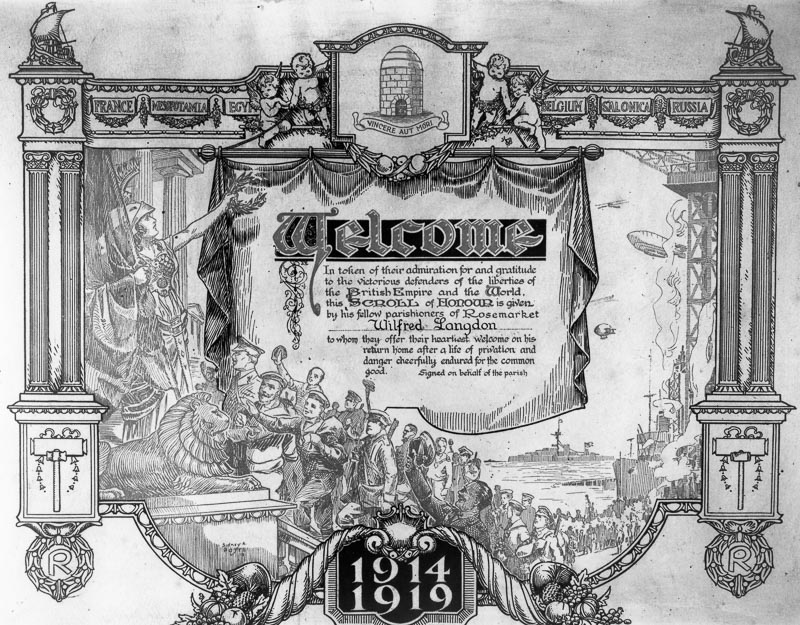
Two separate memorial plaques made of marble can be found inside the village hall. The larger plaque lists those soldiers that died in the First World War, with a second, smaller plaque underneath, listing those that died in the Second World War. The large plaque was previously displayed within the village chapel (now closed) and was given to the village by the new owners of the chapel building some years ago when it went into private ownership.
Rosemarket Village Hall
Rosemarket Village Hall was initially built as a troop accommodation hut in the First World War in a military camp at Hearston, Hill Mountain, near Sardis. After de-commissioning, it was put to alternative uses including training ex-serviceman in poultry keeping. When it became surplus to requirement, the people of Rosemarket raised sufficient funds to purchase the building and brought it to Rosemarket where some years later after a site being determined, it was erected and became the village hall.
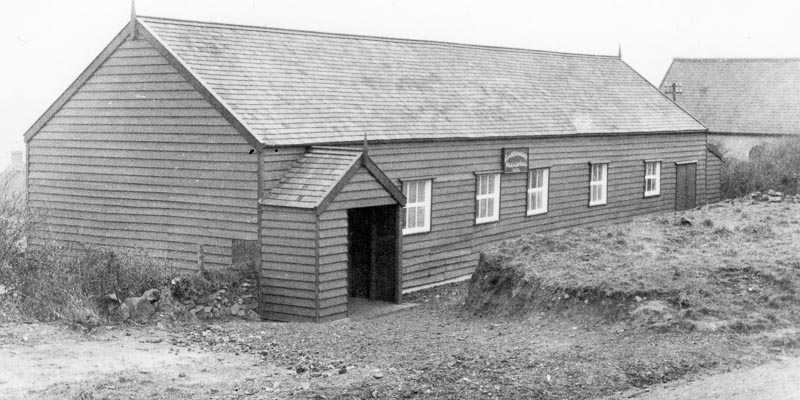
Home Guard
During the Second World War, the Home Guard used the village hall for storage and training. Rosemarket had a Unit of Local Defence Volunteers (Home Guard). It was joined with the Neyland Unit to form ‘B’ Company of the Pembrokeshire Home Guard. The school’s Head Teacher at that time, T.A. Bowen, became Captain and later Major.
Activities extended to practice firing at Scoveston Fort shooting range and camping at Penally.
Attendance was variable, being especially low at Harvest Time when many volunteers would naturally be heavily involved on farms and land. Some training was carried out by army instructors, although a threat by a regular army sergeant to have the company swimming the English Channel in full kit, cut the number of attendees to a minimum. Had the enemy come however, ‘B’ Company was “confident they would have managed a full turn out against them”.
Whilst it is known that the Home Guard carried out patrols of their areas, details of activities assigned to Rosemarket volunteers are unknown. Ongoing research has so far identified the remains of a Pill Box / Look Out post on the eastern outskirts of the village and so it could be that this was used by the Home Guard.
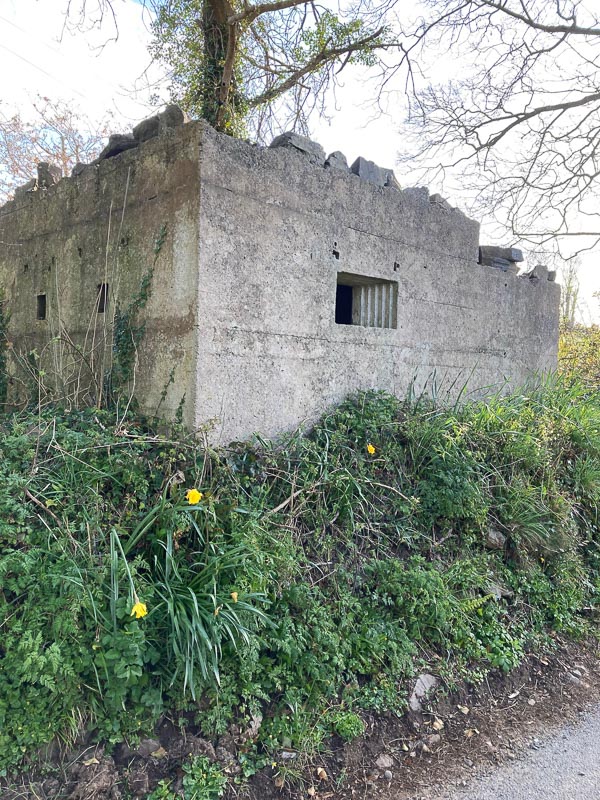
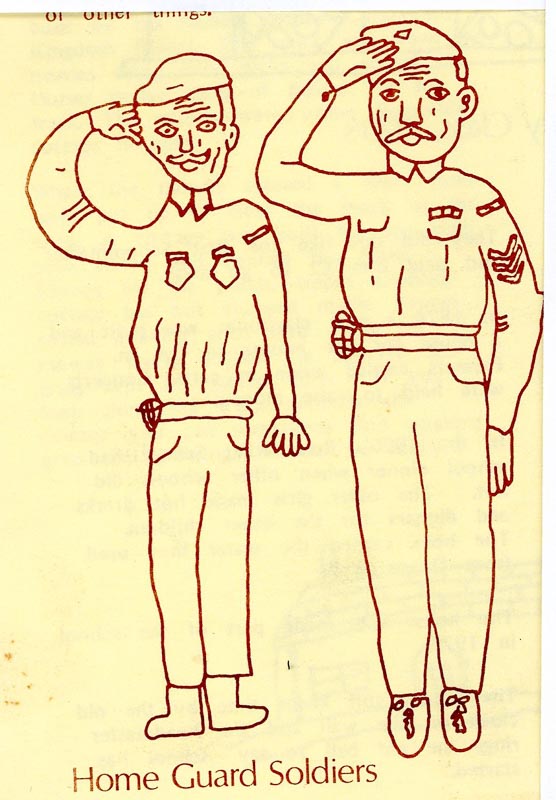
Rosemarket Welcome Home Committee
In 1946, Rosemarket held a “Presentation of Certificates and Welcome Home Gifts”, arranged by the Rosemarket Welcome Home Committee. It took place at the Village Hall on Saturday, 8th June 1946, at 8pm. For soldiers that were still serving at the time, relatives were invited on their behalf to accept a Certificate and cash gift of £8.
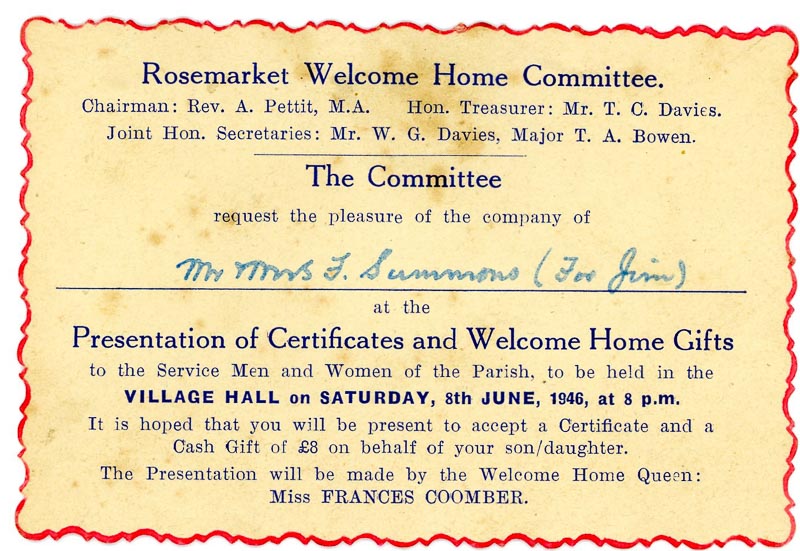
An original example of an invitation is shown above, addressed to Mr & Mrs Fred Summons, parents of James (Jim) Summons. Fred Summons was himself a veteran of the First World War and is named on the memorial plaque in the church as one of the returning soldiers.
The Chairman of the committee was the vicar at the time, Rev. Arthur Pettit. The Treasurer was Mr Trevor C Davies, who was responsible for the running of Rosemarket Chapel. Joint Secretaries were Mr W.G. Davies, postmaster for some years, and Major T.A. Bowen, school Head Teacher and commander of ‘B’ Company of the Pembrokeshire Home Guard.
The presentation was made by the Welcome Home Queen, Miss Frances Coomber. Upon her marriage, she became Mrs Fran Harries and lived in the bungalow in front of the Dovecote field for many years.
Greetings cards were also sent directly to the serving soldiers, enclosing a gift “as a token of our gratitude”.
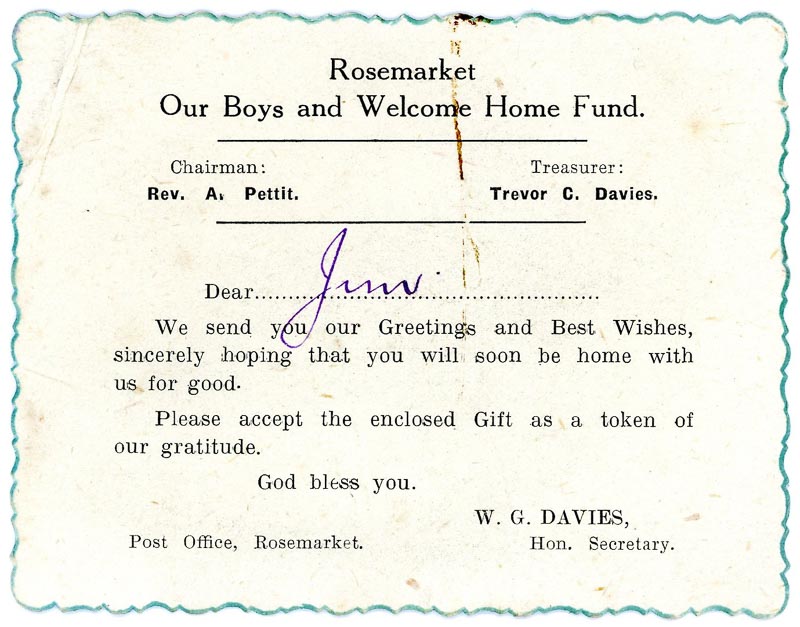
An original example of a greetings card is shown above, addressed to James (Jim) Summons. Jim later returned to Rosemarket and married Barbara in 1950, remaining in the village for the rest of their lives.
Rosemarket Local History Society is exploring the commissioning of a permanent war memorial for Rosemarket. As part of this project, we are hoping to identify and research any soldiers whose name does not appear on the memorial plaques.
If you would like to help research and document the stories of soldiers from Rosemarket or have any details to add about Rosemarket in wartime, please get in touch.
The Post War village
The end of the Second World War began a period of infrastructure change for Rosemarket.
Mains electricity came to the village in 1946-7, although in many homes, oil lamps continued to be used for several more years as did coal fires for heating. A mains water supply was installed in 1948 after a temporary supply had been laid to the newly constructed Council housing estate of Ellesmere Avenue the previous year. Only then did the village wells become redundant. A mains drainage and sewage system was installed in 1952 and shortly afterwards, the new sewage works was built on the outskirts on the village on the Neyland road.
Website LinksWilfred Langdon (Royal Navy WW1) - Click here |